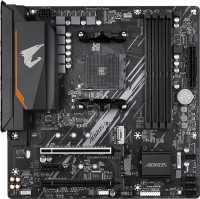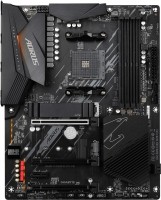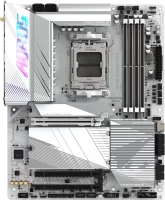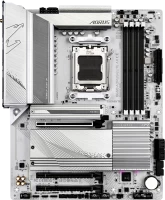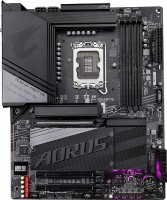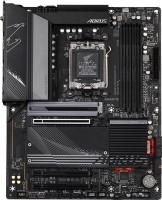Monitors Gigabyte series Aorus (gaming)
prices on 7 modelsGigabyte Aorus (gaming)
For a long time, Gigabyte was perceived by the public exclusively as a manufacturer of motherboards and video cards. But with the Aorus series, the Taiwanese manufacturer began a rapid expansion into the market of high-end components for gamers. At the end of 2019, they presented a series of monitors of the same name, which has since occupied one of the dominant positions in the market, successfully competing with the flagship monitors Asus ROG and Acer Predator.
 |
These are monitors for exhibitions, in which some fashionable pieces appear for the first time, later either going to the mass market, or going to scrap as unpromising. Along with Asus and Acer, Gigabyte engineers were among the first to create the world's first gaming IPS monitor that would support a scan frequency of 144 Hz with a resolution of 2K. In the same series, the first swallows appeared with a scan frequency of 240 and 360 Hz and simultaneous support for AMD FreeSync Premium with NVIDIA G-Sync. Plus, almost all Aorus monitors support honest HDR and have excellent colour reproduction, almost at the level of professional panels.
A good example of all this is either a monitor, or a Gigabyte Aorus FV43U TV, created in a pair with a new generation of consoles. This is a massive 43-inch QLED display with a reference 10-bit 4K matrix, which is impressive no matter how you look at it. 4K resolution, a matrix response rate of only 1 ms, a scan frequency of 144 Hz and support for HDMI 2.1 are suitable for all the requirements of the PS5 and Xbox Series X consoles, allowing you to output an image from games exactly as it was conceived by game designers. Plus, the Aorus FV43U has a serious reserve of brightness, which is necessary for honest reproduction of HDR content, and its colour reproduction allows you to use this display for photo and video processing. At the time of writing this material (note: summer 2021) there are practically no monitors of this level on the market.

